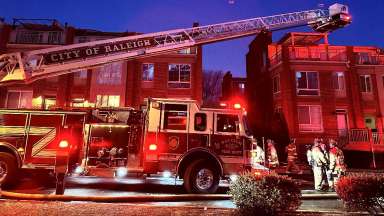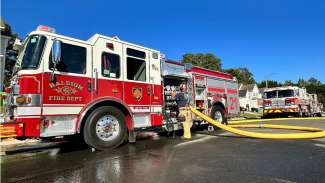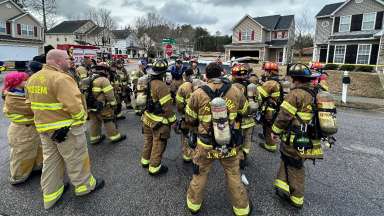Fire Suppression and Search & Rescue
If the Incident Commander upgrades the call to a working fire, firefighters begin deploying hose lines, conducting search and rescue operations, ventilating the structure, and establishing a water supply immediately. Firefighters work to extinguish the fire using various firefighting techniques, depending on factors such as fire size, building construction, and potential hazards. Simultaneously, firefighters conduct a thorough search of the structure to locate any occupants or pets who may be trapped or in need of assistance. Rescued individuals are quickly moved to safety and provided with medical attention by EMS units, if required.


